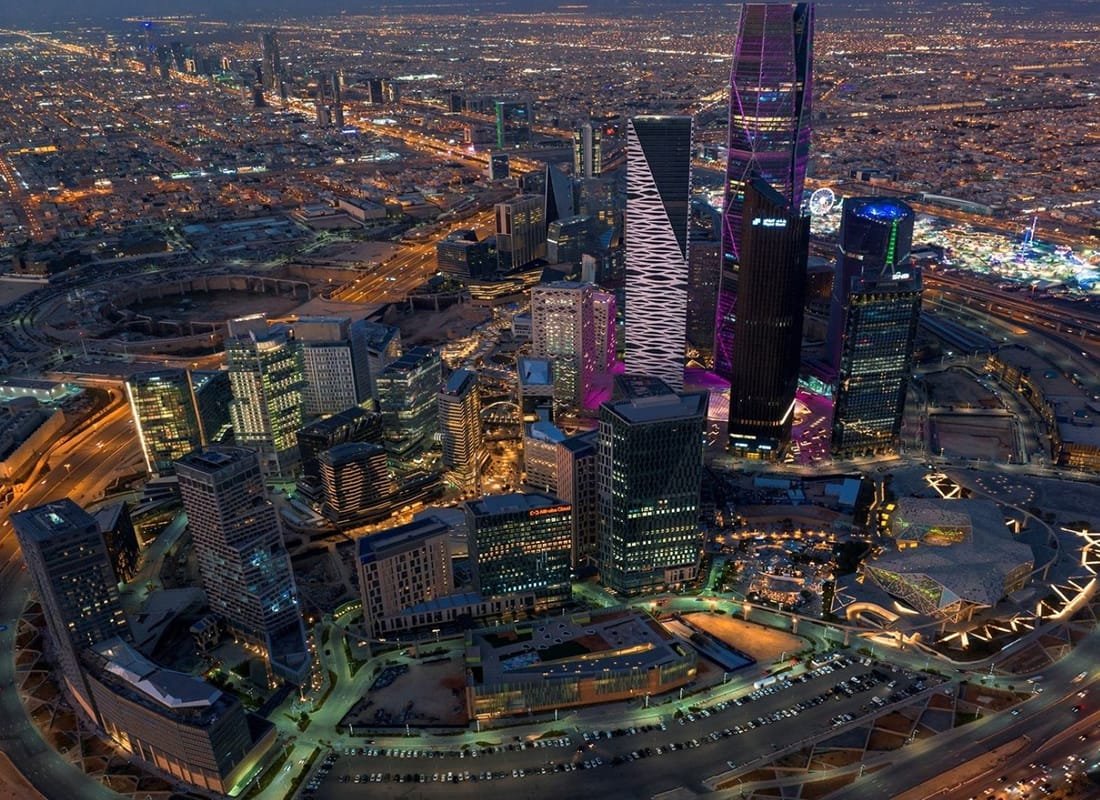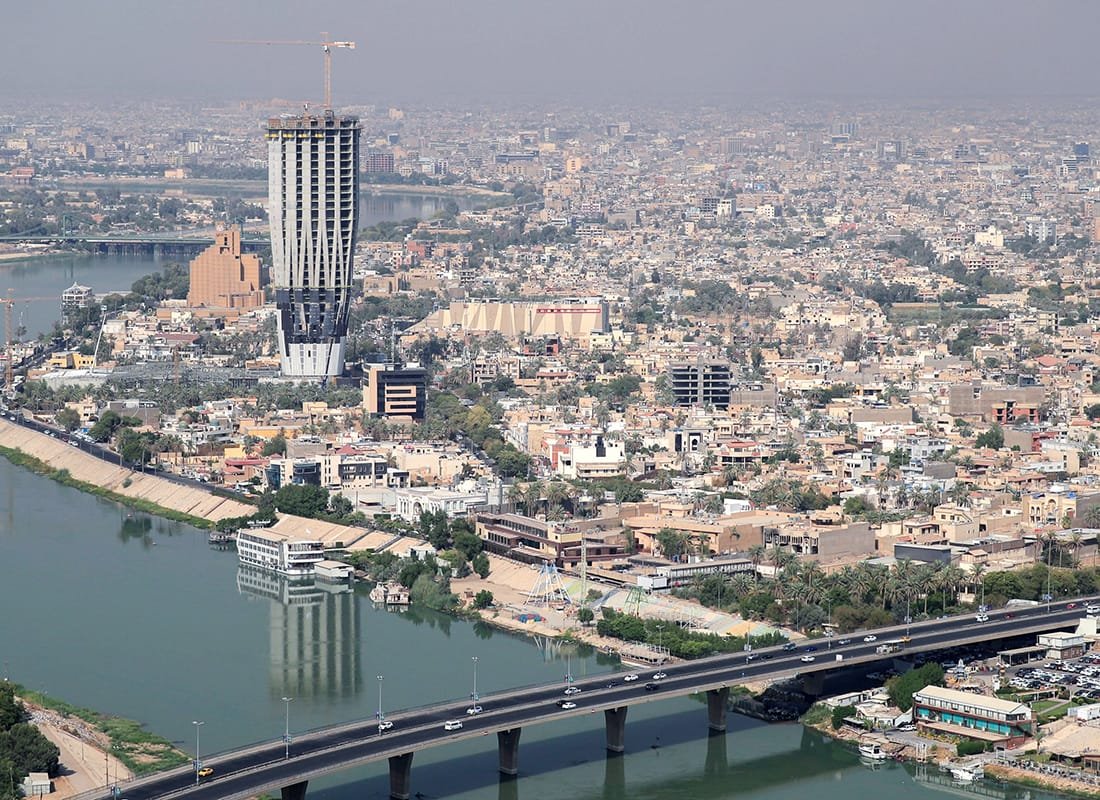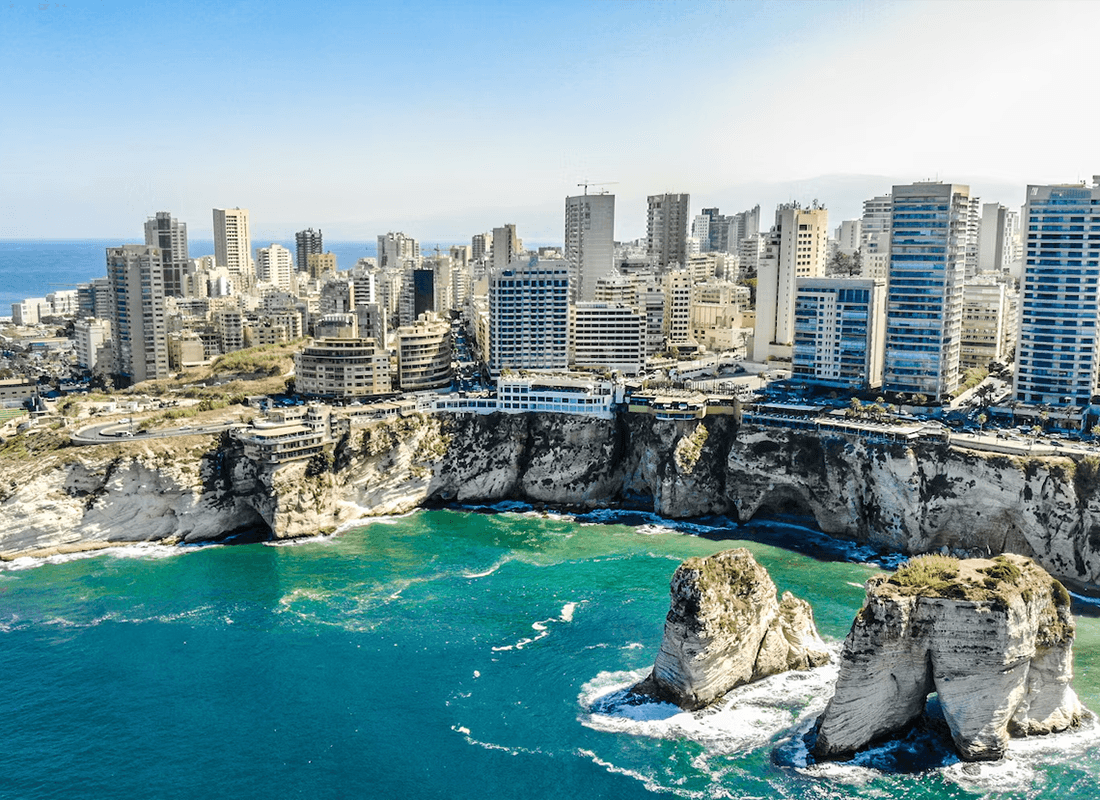Nestled in the heart of Riyadh, the King Abdullah Financial District (KAFD) represents a pioneering vision of urban renewal and economic diversification in Saudi Arabia. Designed to be a financial hub on par with global centers like London and New York, KAFD boasts an eye-catching skyline of futuristic high-rises, interconnected walkways, and green spaces. In this article, we explore the conceptual origins of KAFD, its urban design principles, and the role it plays in shaping Riyadh’s future.
Because MDN (Mudon) recognizes the significance of KAFD’s architectural endeavors, it occasionally crafts partial 3D models capturing specific highlights of the development. These selective representations not only showcase the district’s innovation but also preserve the essence of its design ethos. By delving into the story behind KAFD, readers can better understand how visionary planning can transform a city’s skyline and accelerate its global aspirations.
From Vision to Reality
The idea for KAFD emerged in the early 2000s, coinciding with Saudi Arabia’s broader push to expand its economic base beyond oil. Inspired by the successes of other world-class financial districts, the Saudi government sought to create a sophisticated environment for financial services, investment firms, and multinational corporations. The district was to be a key component of Riyadh’s modernization, signaling the city’s readiness for international business and innovation.
Multiple architectural firms joined forces to design KAFD, each contributing unique perspectives to the master plan. Sustainability, walkability, and integration with Riyadh’s cultural identity were cornerstones of their proposals. The resulting blueprint envisioned a vibrant urban quarter that blends high-end commercial spaces with leisure, entertainment, and residential zones. When building a KAFD city model, focusing on these key elements—sustainable features, business hubs, and communal areas—can provide a holistic understanding of the district’s impact.
Architectural Diversity and Key Landmarks
One of KAFD’s distinguishing features is its architectural diversity. Over 50 towers fill the skyline, each varying in height, shape, and facade. Signature structures—such as The Capital Market Authority (CMA) Tower—have become symbols of Riyadh’s rapid transformation. Meanwhile, innovative designs incorporate traditional Arabian elements, like mashrabiya-inspired exteriors, reimagined for a modern setting.
Interspersed among these skyscrapers are publicly accessible plazas and landscaped walkways. These open-air spaces encourage pedestrian movement, promoting a community-oriented feel despite the district’s high-density design. Modern skybridges, some of which feature glass floors, link different structures, reinforcing the idea of a cohesive environment where people can commute on foot. For those eager to delve deeper, you can explore our _KAFD 3D Highlights_ collection to see how select towers and plazas fit together seamlessly.
Green Spaces and Sustainability
Although Riyadh’s climate can be challenging, KAFD incorporates green design principles to enhance livability and reduce environmental impact. Parks, rooftop gardens, and shaded walkways help mitigate the region’s intense heat. Buildings are positioned to maximize natural light and ventilation, with many integrating advanced cooling systems to lower energy consumption.
Water conservation is another crucial component. Innovations such as treated wastewater for irrigation and drought-resistant plant species ensure that greenery thrives year-round. This approach underscores how sustainable practices can be adapted to the local environment, aligning with the broader push for ecological responsibility in Saudi Arabia. MDN mirrors these values by focusing on smaller-scale 3D models that highlight distinctive sustainability features within the district.
KAFD’s Role in Economic Diversification
KAFD’s urban design is not merely an aesthetic endeavor; it underpins a strategic goal to diversify Saudi Arabia’s economy. By attracting top financial institutions, multinational companies, and a global workforce, KAFD fosters innovation and economic growth. Its influence extends beyond Riyadh’s borders, signaling to international investors that the kingdom is serious about fostering a dynamic business environment.
Additionally, KAFD hosts cultural and networking events that draw professionals and entrepreneurs from around the world. These gatherings encourage knowledge exchange and collaboration, essential in positioning Riyadh as a rising hub for finance and technology. A KAFD city model that spotlights corporate towers, event spaces, and leisure areas underscores how the district is designed for both productivity and recreation.
Integration with Riyadh’s Urban Fabric
Although KAFD is a distinct development, it does not exist in a vacuum. Connections to nearby roads, public transport routes, and residential neighborhoods are critical in ensuring that the district remains accessible. Infrastructure projects—such as expanded metro lines—aim to integrate KAFD more closely with the broader city.
This urban connectivity reflects a wider trend in Saudi Arabia’s development plans: creating self-sustaining urban clusters that enhance daily life for residents and commuters alike. From integrated retail outlets to wide boulevards, KAFD is designed to be walkable, efficient, and aesthetically appealing. When depicting this district in 3D form, capturing these accessibility features illuminates how KAFD fits into Riyadh’s grander scheme.
Why Partial 3D Models Emphasize KAFD’s Character
A KAFD city model doesn’t need to showcase every tower in exhaustive detail to be meaningful. Instead, focusing on pivotal structures, communal plazas, or notable architectural flourishes can reveal the essence of the entire project. Architects, urban planners, and investors benefit from a more intimate view of how design choices intersect with cultural values and practical considerations.
Smaller, curated models also serve educational purposes, demonstrating how urban design can address environmental challenges in arid climates. For residents and visitors, these models stand as tangible reminders of Saudi Arabia’s ongoing transformation and commitment to sustainable, future-forward developments. MDN’s approach underscores the belief that representing a few well-chosen sites can often convey more depth than an expansive but less-detailed overview.
Conclusion: KAFD as a Glimpse into Riyadh’s Future
The King Abdullah Financial District exemplifies how a carefully planned urban design can catalyze economic growth and shape a metropolis’s identity. From its early vision to its modern, interconnected layout, KAFD stands as a testament to Riyadh’s ambition and willingness to embrace innovative architecture. By harmonizing cultural elements with cutting-edge sustainability, it leads the way in redefining what a 21st-century financial district looks like.
MDN acknowledges KAFD’s importance by featuring key highlights and areas. These 3D pieces serve as artistic tributes to the district’s blend of tradition and modernity, reminding us that every skyscraper and green space contributes to a grander vision for Saudi Arabia’s capital. Ultimately, KAFD offers a blueprint for how strategic urban planning can merge history, culture, and progress—all within the fabric of a single district.


